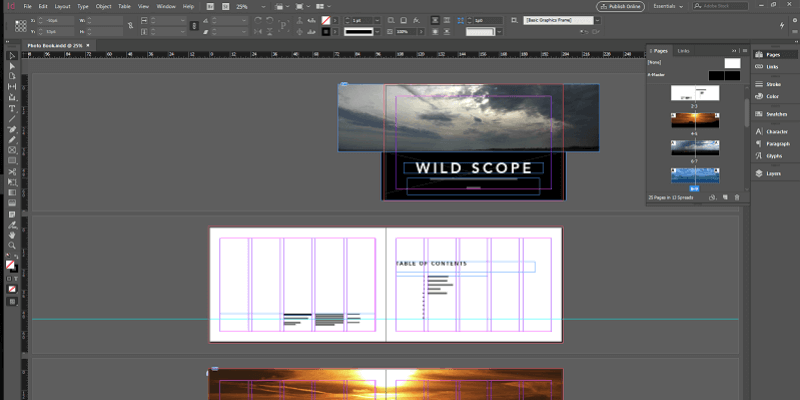

#Review easycatalog for adobe indesign windows#
You can export the data from Windows Excel only to XML, but only when you create an XML-compatible worksheet. Don't save the file as an XML spreadsheet, that file is useless in InDesign. What I do is either create a schema file (xsd) for the data that you want to use and import that into Excel on Windows (Mac version doesn't support XML) Once the schema is imported you can create an XML worksheet based on this schema and then copy and paste the data from the non-XML worksheet into the XML sheet. Eas圜atalog can use library elements, master pages or a combination of both, to automate your documents. Once the data is in the spreadsheet you can export to an XML file and import it into InDesign.Īs mentioned above you can map XML tags to Paragraph and character styles and create dynamic layout directly in InDesign or by using an XSLT to structure the data before you import it. See how InDesign libraries come to life with Eas圜atalogBy including field specifiers placeholders that tell Eas圜atalog how and where to insert the contents of a field in your library item layouts, library items are automatically populated with data in real time when they. MS Access allows you to export directly to XML. If you move your data to InDesign you can save the time needed to build the XML spreadsheet. Image references have to be built properly before you export to XML or build an XSLT that will do it on the fly as you import the data in to your layout. The entire process is described in detail in the book A Designer's Guide to Adobe InDesign and XML. If the data is in MS Access Woodwing has a product that allows you to interface and import data for a catalog. I have not used it personally but I know people who have. Also, another product called In-Data also interfaces with InDesign, but I have no experience with that either. I've used Eas圜atalog very successfully for a number of years now, even for really large catalogs (35,000+ articles). In the meantime, I offer EC consulting and hands-on user training as well.

I'd need many more details of what went wrong with your specific catalog in order to be able to point your attention to a different solution that may better fit your needs. These Release Notes detail the changes made to Eas圜atalog since the previous version and may include. I personally would not recommend Jim Maivalds solution because a) Excel and Unicode are not friends b) working with Excel and XML really is a pain c) the process is relatively complicated d) you need a lot of specialized skills regarding XML, XSLT programming and so on e) it's not bi-directional f) when updating you'll do the whole process again. Navigate to your library file using Windows Explorer/Finder and open the file properties.
#Review easycatalog for adobe indesign update#
In the Update Panel > With Page Numbers dialog. #EASYCATALOG UPDATE SPREADSHEET WITH PAGE NUMBERS WINDOWS# Go to File > Open within InDesign and re-open the Catalog Library 1.indl file.

Confirm that the lock icon displays at the bottom left of the library panel. With Eas圜atalog, you just import your data into a panel and place them from there into your document, from manually up to fully automatically. It's really easy, and it's bi-directional - so you can update your document from the database at any time and - if you need to - your database from your document.


 0 kommentar(er)
0 kommentar(er)
